The Department of Digestive Surgery, Institute of Digestive Surgery (108 Central Military Hospital) has just successfully performed surgery to remove a 5.5kg tumor that was compressing many organs, covering the entire left kidney of a 63-year-old male patient.
Speaking to a reporter from the People's Army Newspaper, a representative of the 108 Central Military Hospital said that the patient named D.VL, born in 1960, residing in Vung Tau city (Ba Ria-Vung Tau province), had a rare disease called malignant neuroblastoma, which accounts for only about 5-10% of all neuroblastomas.
In August 2022, Mr. L discovered a retroperitoneal tumor measuring 18cm and weighing 3kg and had it surgically removed at a hospital in Ho Chi Minh City. Through post-operative surgery, doctors determined that it was just a benign lipoma.
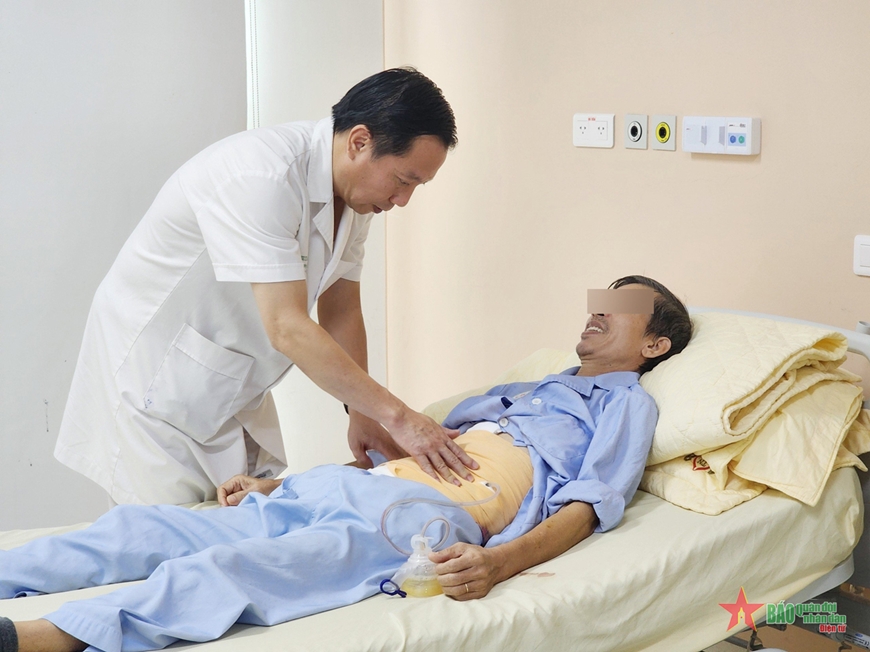 |
Associate Professor, Dr. Nguyen Anh Tuan checks the patient's condition after surgery. |
However, 5 months after surgery, the patient saw the tumor reappearing, causing the abdomen to gradually enlarge, no pain but the whole body was tired, poor appetite. After that, he lost 6kg, had difficulty defecating, while the tumor grew very quickly, making it difficult for the patient to breathe and limited movement. After being taken to the 108 Military Central Hospital, the patient was tested, had an abdominal CT scan and the doctor said there was a large retroperitoneal tumor, pushing the left kidney and ureter forward, inward, sticking to the left renal pedicle, pushing the abdominal aorta to the right, pushing the left colon and pancreas forward and upward, containing a special surgical fat component suspected of Liposarcoma.
After completing the procedures, recently, doctors of the Department of Digestive Surgery, Institute of Digestive Surgery performed surgery to remove the entire tumor. However, the entire left kidney and the left renal pedicle "seemed to be buried" in the tumor, making it very difficult to preserve the left kidney. The tumor was attached to the abdominal aorta and the superior mesenteric artery, so the surgeon had to be extremely careful when operating.
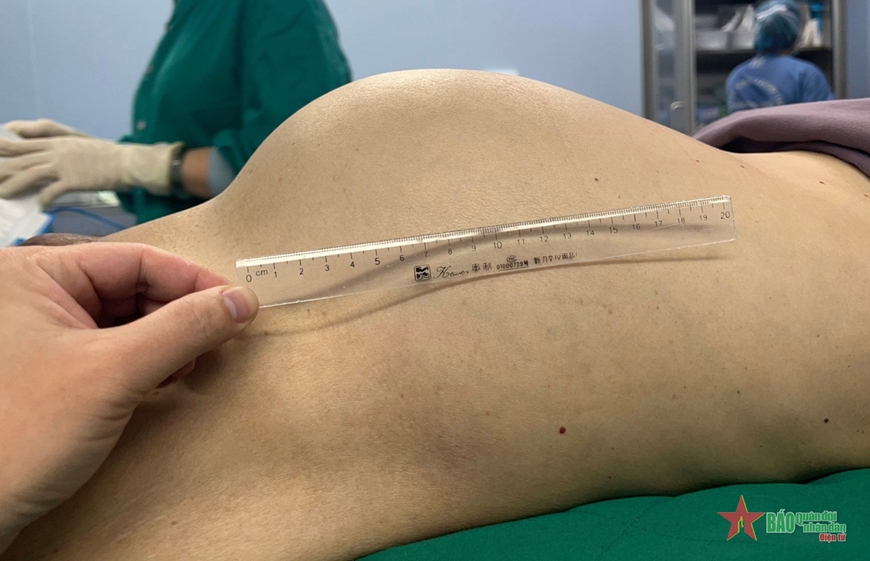 |
| Image of the tumor on the patient's abdomen before surgery to remove it. |
Associate Professor, Dr. Nguyen Anh Tuan, Deputy Director of the Institute of Digestive Surgery, said: “This is one of the largest tumors and is located in a very difficult surgical position that the medical team has ever encountered. In just a few months, the tumor has recurred and weighed up to 5.5 kg, measuring about 30 cm, occupying almost the entire abdominal cavity. In this case, the left kidney seemed to be buried inside the tumor. If the left kidney were removed, it would be much easier to remove the tumor. However, we tried very hard to keep the kidney to ensure the patient's future life function, so the surgery was much more difficult.”
The doctor also emphasized that, to prevent recurrence, the surgical team has carefully examined the abdomen to find any suspected locations of other tumors. In addition, the hospital is continuing to perform immunohistochemistry to determine exactly what type of tumor the tumor is, on that basis, it will determine additional treatment options such as chemotherapy, radiotherapy or immunotherapy to limit the possibility of recurrence and prolong life. It is known that currently, the patient has recovered and can move and walk on his own.
News and photos: MAI HANG - CHIEN VAN
Source



![[Photo] Binh Trieu 1 Bridge has been completed, raised by 1.1m, and will open to traffic at the end of November.](https://vphoto.vietnam.vn/thumb/1200x675/vietnam/resource/IMAGE/2025/10/2/a6549e2a3b5848a1ba76a1ded6141fae)









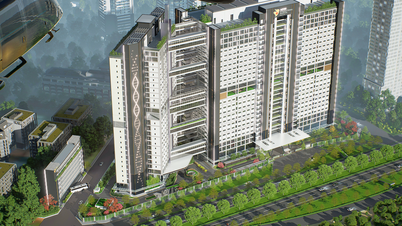

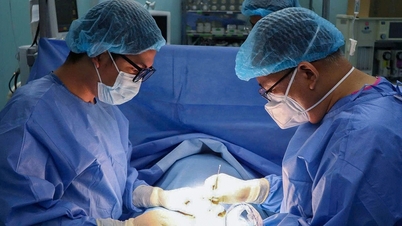
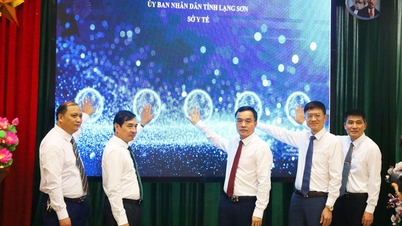

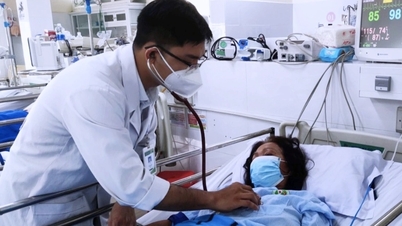
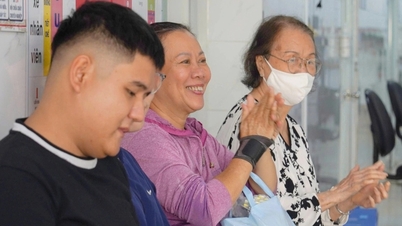
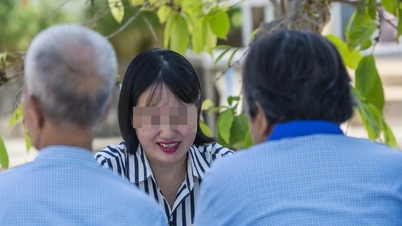
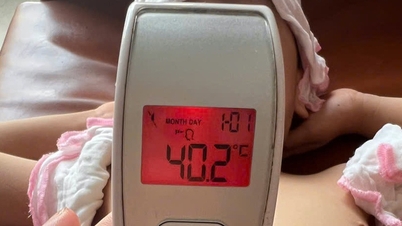

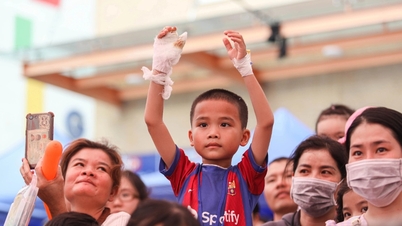





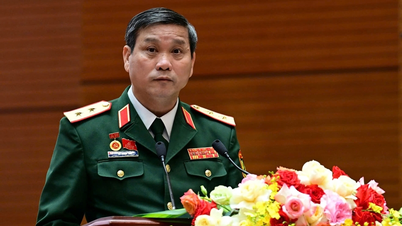

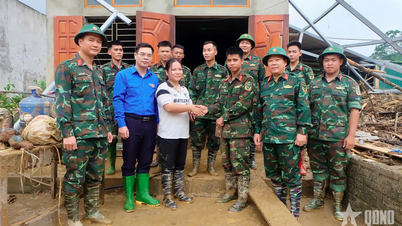
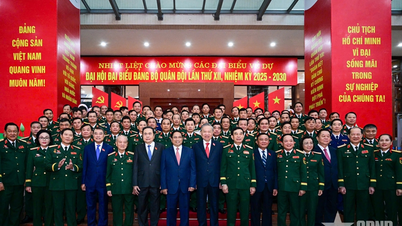
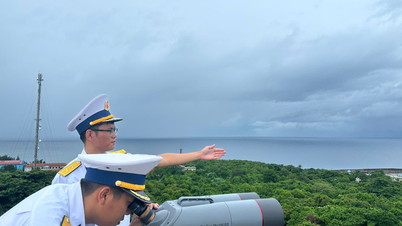
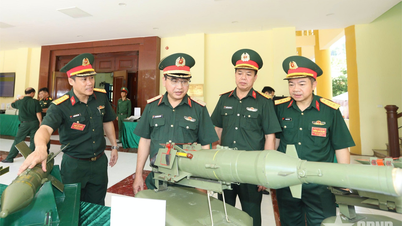
















































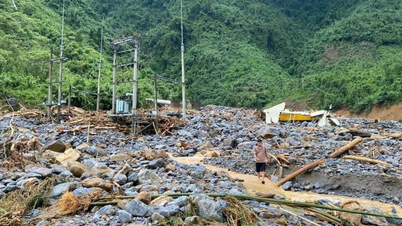



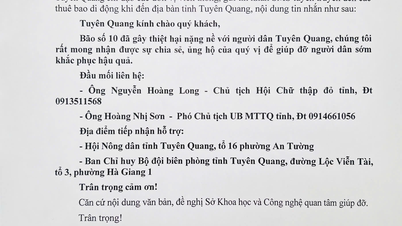

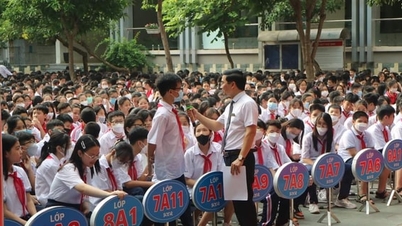














Comment (0)